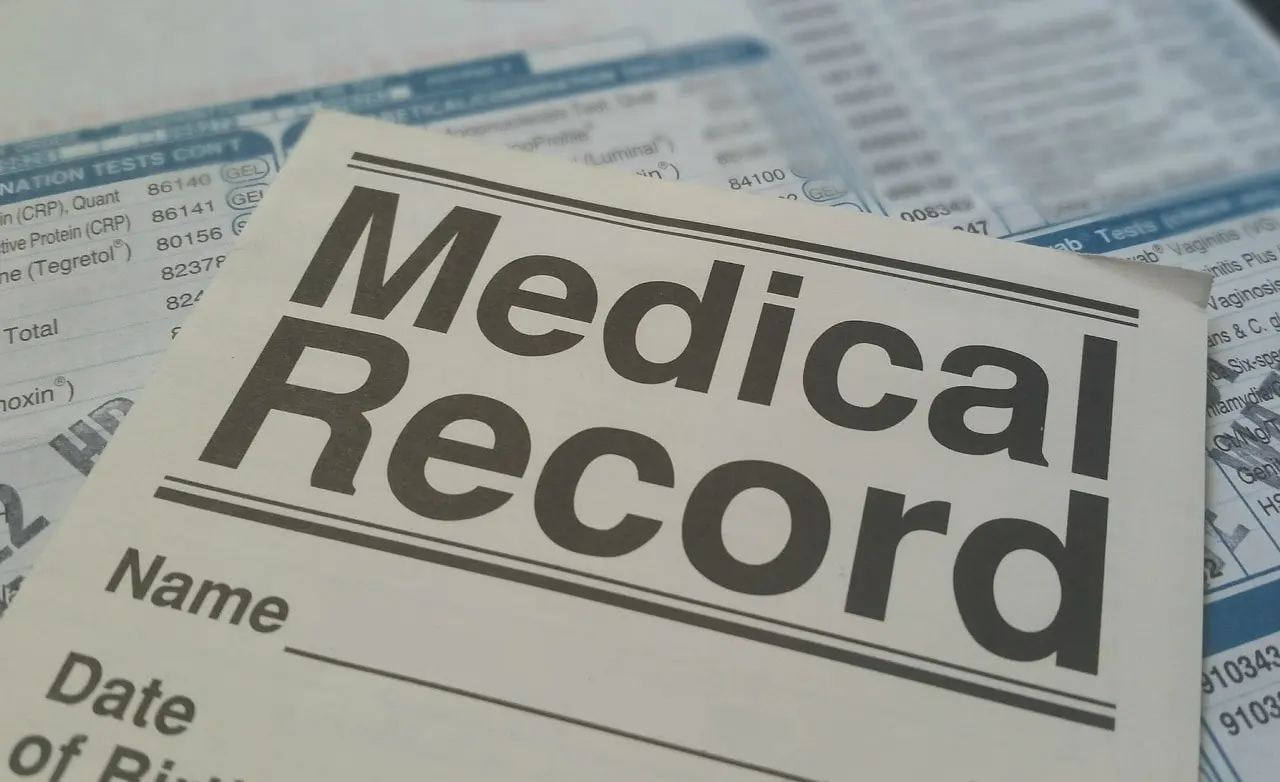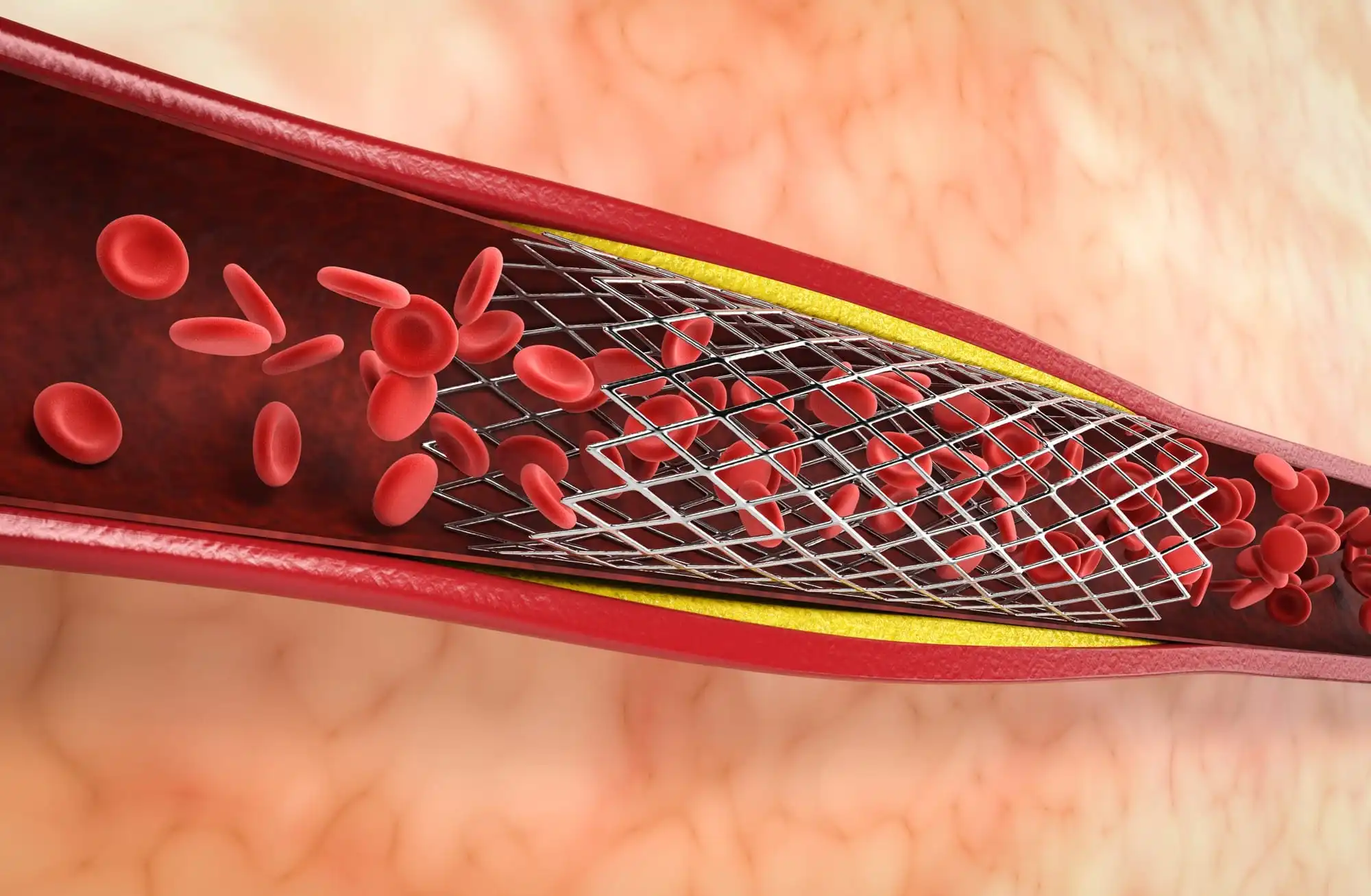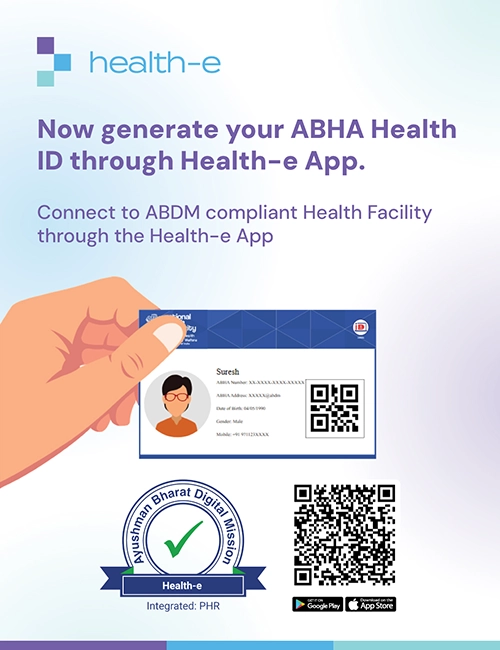What is a Personal Health Record (PHR)?
In today’s fast-changing world of healthcare, where technology and information seamlessly come together, there’s one concept that stands out as a powerful tool for taking charge of your health journey: Personal Health Records (PHR). Imagine having all your health info right there whenever you need it, at the touch of a button. PHR is like a digital record of your medical history, treatments, prescriptions, and key health stats. It’s not just a record – it’s like a personal health guide that helps you stay informed and take an active role in your healthcare.
The perks of using PHR are many. It lets you see your health journey as a whole, which helps you make smart choices about your care. No more struggling to remember surgery dates or medication doses – it’s all in your PHR. Plus, it’s useful for doctors too, as it helps them create personalized treatment plans that work better for you.
A Personal Health Record holds a ton of info. It covers everything from basic details like your age and allergies to more detailed stuff like lab results and imaging reports. And it’s not just about past info – it can also include real-time data from wearables, giving insights into your daily activities, sleep patterns, and exercise habits.
Digging deeper, PHRs can be tailored for different needs. There are standalone systems offered by hospitals that let you manage your health records online. Then there are patient portals and Electronic Health Records (EHR) systems, which are a bit different from PHRs. Portals let you see some medical info, schedule appointments, and talk to your doctors. EHRs are like big digital records that doctors use in hospitals.
Keeping your PHR up to date takes some effort. Regular updates make sure your info is accurate and current, reflecting changes in your health. Thankfully, there are user-friendly apps that make this easy. You can add new data, check old records, and even set medication reminders – all from your phone.
When it comes to safety and privacy, modern PHR systems take your health info seriously. They use strong security measures to keep your data private and only accessible to authorized people, following industry rules and standards.
What Are The Benefits of PHR?
1. Organization and Convenience
2. Health Tracking and Assessment
3. Patient Engagement
4. Control and Decision-Making
5. Emergency Preparedness
6. Family Health Management
7. Maximizing Doctor Visits
8. Communication and Collaboration
9. Reminders and Alerts
10. Cost Savings
11. Privacy and Security
What Information Goes Into a PHR?
1. Diagnoses and Medications
2. Medical Procedures
3. Allergies and Adverse Reactions
4. Chronic Illnesses
5. Family Medical History
6. Injuries and Hospitalizations
7. Imaging and Lab Reports
8. Medication Administration
9. Prescription History
10. Surgical History
11. Vaccination Records
12. Observations and Notes
What are the Different Types of Personal Health Records?
1. Standalone PHRs
2. Connected PHRs
Why to Maintain a Personal Health Record?
What are the Drawbacks of Maintaining Paper Based PHR?
1. Scalability Issues
2. Limited Security and Backups
3. Time-Consuming and Prone to Errors
4. Inconsistent Layouts
5. Lack of Clear Audit Trails
What is the Difference Between EHR and PHR?
Electronic Health Records (EHR)
- You get fast access to complete and up-to-date patient info.
- Mistakes are reduced because everything's documented neatly.
- Tasks like billing get simpler with electronic receipts and invoices.
- Automated tasks cut costs by handling admin stuff.
- Tools for scheduling are built in, which helps manage resources.
- They even amp up diagnostic abilities, which guides treatment choices.
Personal Health Records (PHR)
Personal Health Records (PHRs) in India are like a handy toolkit for patients. They gather up all sorts of health info – allergies, medicines, past treatments, the whole deal. These records can be put together by the healthcare folks or even kick-started by the patients themselves. It’s all about getting people engaged and making informed decisions. Basically, patients become the captains of their own health ship, equipped with all the right info to chat with doctors when needed.
PHRs are like a mixtape of doctor visits, medical files, and even data from those gadgets and gizmos we wear at home. And guess what? It comes with a bunch of perks:
- It nudges patients into taking charge of their health, so they're more likely to stick to what the doctor recommends and end up healthier overall.
- Health stuff kept in a Personal Health Record (PHR) can be easily shared with different doctors for extra insights and ongoing care.
- Tasks like billing get simpler with electronic receipts and invoices.
- Doctors get a full picture of their patient's health, including family medical history and things in their life that affect their well-being.
- It's a cool tool for taking care of things at home and keeping an eye on things remotely. Patients can give updates to their doctors without leaving the house.
- And here's the teamwork part – all the doctors a patient has can work together, which lowers the chances of health issues slipping through the cracks.
Which are Some of the Best PHR Apps in India?
The rise of digital technology has given birth to apps that make it easy to manage your Personal Health Records (PHR). In India, there are many impressive PHR apps available to meet different needs. These apps help you keep track of your health information smoothly and efficiently. Some of the popular PHR Apps in India include:
1. Health-e
2. Eka.care
3. Driefcase
4. Abha Health Locker by Paytm
5. DigiLocker
Can I Maintain my Personal Health Record Online?
Is My Personal Health Record Safe Online? How Can I Ensure the Privacy and Security of My Data?
How Can I Share My PHR Data with Doctors or Healthcare Providers?
When sharing your PHR data with doctors or healthcare providers, consider the advantages of ABDM-certified PHRs. These platforms allow the seamless exchange of health records across different care provider organizations. ABDM-certified PHR apps offer a comprehensive view of your health journey, consolidating lab reports, treatment specifics, discharge summaries, and more into a single, easily accessible longitudinal record. Some other features also include:
• Getting an ABHA Number
• Finding Health Information
• Connecting Health Records to Your Personal Health Record (ABHA Address)
• Viewing Health Records
• Controlling Permission to Link Health Records to Your PHR
• Choosing Where to Store Health Records Securely
• Finding Facilities/Doctorss
Can a Personal Health Record Help With Chronic Disease Management?
To address your question, the team at National Library of Medicine conducted a comprehensive review of various studies. They looked at research from sources like PubMed itself, Scopus, Web of Science, and Embase. Their search wasn’t limited to a specific time frame, but the data collection concluded in August 2018.
In total, they identified 3742 studies. After sorting through them, the focus narrowed down to 35 studies that met their criteria. Out of these 35, 18 studies were conducted within the United States, 24 centered around individuals with diabetes, and 32 delved into tethered Personal Health Records (PHRs).
Interestingly, in 25 studies, patients dealing with chronic conditions were able to use PHRs to access their medical records and personal health information. The findings were quite promising, particularly in terms of helping manage chronic diseases, which was discussed in 10 of the studies.
Based on their discoveries, it might be prudent to consider developing more feature-rich PHRs. These could empower patients to take a more active role in their own healthcare, potentially leading to fewer doctor visits. This could have the added benefit of saving both families and society money in the long run.





